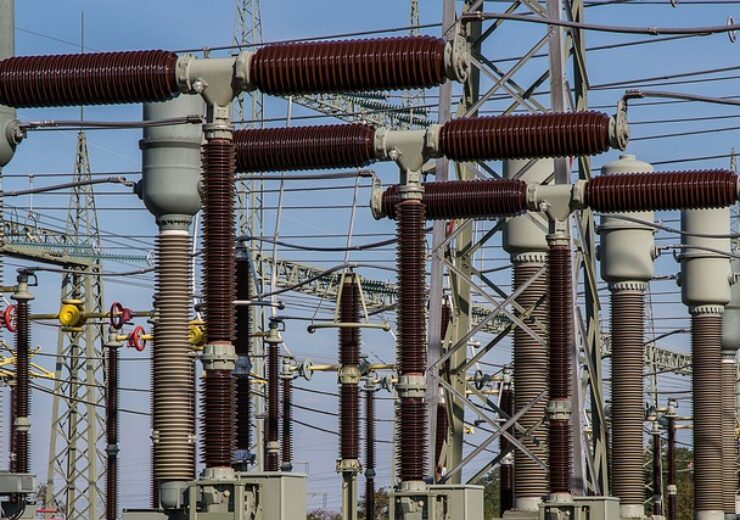A total of 110 lithium-ion battery racks are to be installed at RWE’s biomass plant in Eemshaven on an area of around 3,000 square metres

RWE gives green light for utility-scale battery storage project in the Netherlands. (Credit: Th G from Pixabay)
RWE is further expanding its battery storage business worldwide. The company has now finalised its investment decision for a Dutch battery storage project with an installed power capacity of 35 megawatts (MW) and a storage capacity of 41 megawatt-hours (MWh). A total of 110 lithium-ion battery racks are to be installed at RWE’s biomass plant in Eemshaven on an area of around 3,000 square metres. RWE plans to invest approximately 24 million euros.
The battery project is an important step towards a portfolio of innovative demand assets to optimally integrate the weather-related fluctuating power generation profile of the “OranjeWind” offshore wind farm into the Dutch energy system. In 2022, RWE had secured the implementation of the offshore project off the Dutch coast with a system integration concept that combines the wind farm with the generation of green hydrogen and other solutions such as battery storage.
Roger Miesen, CEO RWE Generation and Country Chair for the Netherlands: “With the increasing share of renewable energies in the electricity mix, the demand for flexible battery storage is also rising. With this large-scale project, RWE is gaining experience in the marketing of energy storage systems on the Dutch energy markets and is actively contributing towards stabilising the Dutch electricity grid.”
The planned battery storage facility can operate at its installed capacity of 35 MW for over an hour. This is sufficient to charge around 800 EVs. The system has been designed to be virtually coupled across technologies with RWE power plants in the Netherlands. This enables optimal management of balancing energy, which can be supplied by selected units either individually or as a group. The battery storage system receives excess power from the electricity grid and feeds it back into the system when required, in order to maintain the required grid frequency.
Source: Company Press Release
